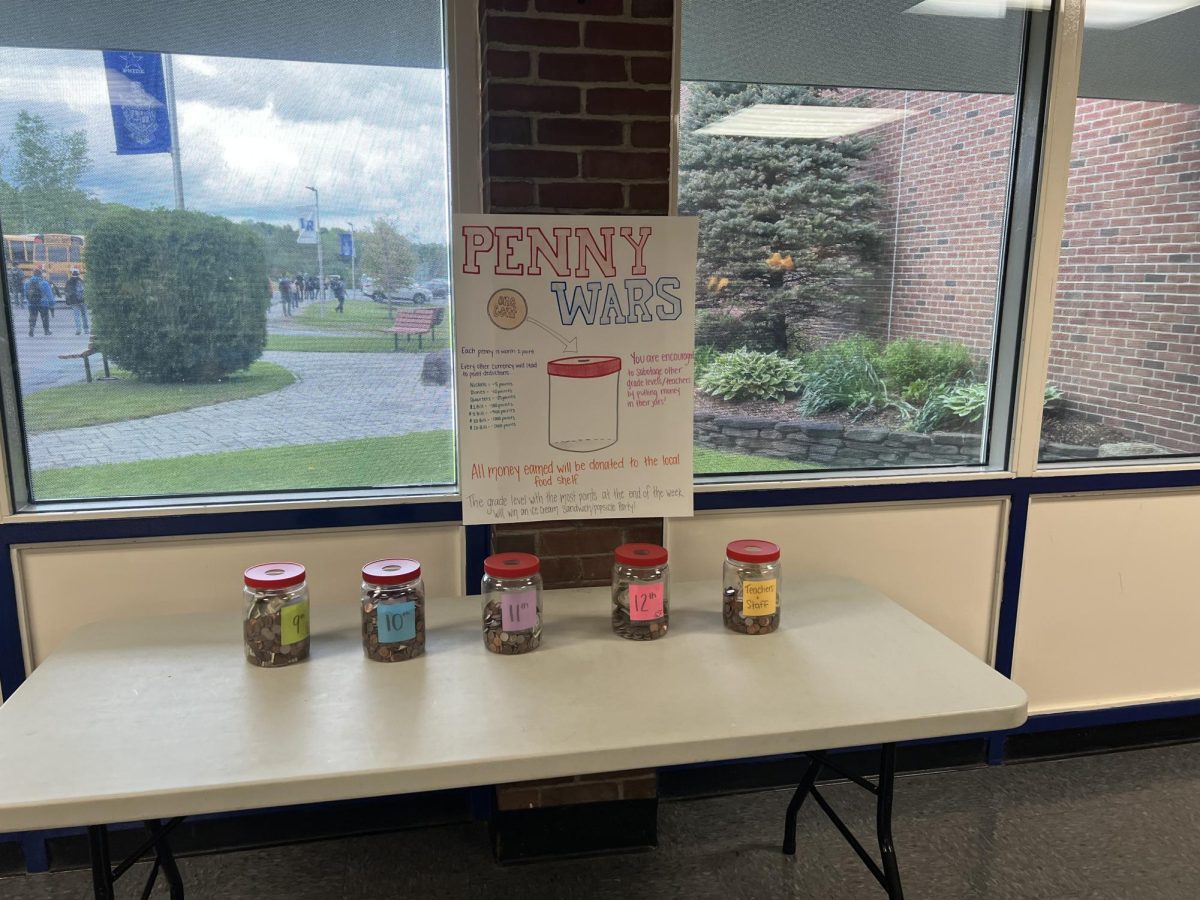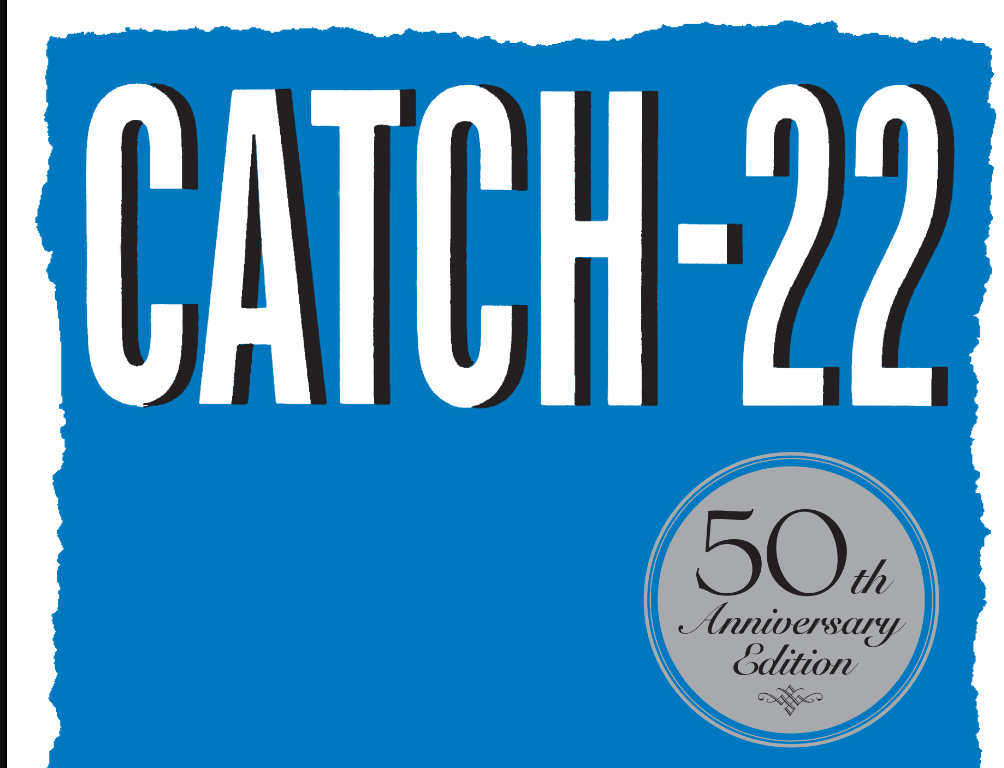Single-Payer Healthcare
America currently uses private insurance companies as our way of health insurance. They are not very beneficial to American workers or businesses. It causes many people to be uninsured or to go bankrupt. There is another system we could use, single-payer. Everyone is covered with this insurance, making it possible for everyone to get the care they need. Both Canada and the UK use this system, this system covers everybody. It would be paid through our taxes and there would no longer be the worry about if someone will get the care they need. On the other hand our current system does have strengths, such as shorter waiting list. And when you feel like you need care, you receive the care and the medication for that health issue. However, many Americans end up being left unable to afford care. Every system has its strengths and weaknesses but overall we as America should switch to a single payer system.
There are many pros and cons to each health care system. In some cases in each situation the cons outweigh the pros. In our system in America there is the problem of going bankrupt due to medical bills, but in the single payer system that they use in Canada you can very likely be put on a waiting list. According to CNBC, “Roughly 35 million Americans currently live without adequate health insurance of any kind. NerdWallet estimates that households containing 1.7 million people will file for bankruptcy protection this year because of medical bills.” This article is a huge example of how so many people are struggling in our healthcare system. If millions of people are without adequate healthcare then that could mean many more avoidable deaths.At the same time, wait times in single payer systems can also lead to problems. According to CNN, “In Canada’s single-payer system, if your doctor refers you to a specialist, you can expect to wait an average of 9.4 weeks for that appointment. After that, you can expect to wait an average of 10 more weeks before getting your first treatment…In contrast, the average time-to-appointment for Americans was 20.5 days for the most common specialties.” This shows that patients can wait a long time when the single-payer system is being used compared to America’s system. Even so, a waiting list is better than being bankrupt. Bankruptcy can cause someone to no longer be able to afford the necessities like food, clothing, and shelter. We need a system in America that allows anyone to be able to get the healthcare they need without going bankrupt or not being able to get care at all. According to Fraiser Institute, “Ontario reports the shortest total wait—17.4 weeks—while Prince Edward Island reports the longest—46.5 weeks. There is also a great deal of variation among specialties. Patients wait longest between a GP referral and ophthalmic procedures (34.1 weeks), while those waiting for medical oncology begin treatment in 4.2 weeks.” This also shows data about the waiting list and it is a con but you are still able to afford life. And stuff like eye care are not life threatening in any way, but cancer treatments can be and that wait time is only a few weeks. As you can see the serious stuff is given priority, and their goal is to help everyone through this system so they would not make people wait and have a risk of death be involved in that.
On the other hand, data suggests that some things might get worse if the US switched to a single-payer healthcare system. In the chart “The U.S. Has a High Rate of MRI Scans” the Commonwealth Fund shows that we have 111 MRI scans per 1,000 population. This compares poorly with New Zealand that has 4 MRI scans per 1,000 population. TCF shows our MRI scan is at a very high level, explaining that “U.S. utilization for specialized scans is higher than in most countries, nearly twice as high as the OECD average but comparable to France.” This chart is explaining that America is very prepared when it comes to figuring out what is the diagnosis of people that are sick with the high technology of MRI scans. This can be very useful data when it comes to saving lives. In the chart “The U.S. Excels in Prevention Measures, Including Flu Vaccinations and Breast Cancer Screenings” it shows that America has 80% of females screened for breast cancer between the ages 50-69 years old, compared to Germany that has 51% of females screened for breast cancer between the ages of 50-69. This is another example of how America has shown that we are prepared to catch these diagnoses early or not as late as other countries. This part of our system is working because we are able to catch more sickness on time or preferably really soon. If America switched to the single-payer system it could change this data some, and we may not be able to afford all the MRI scans with our new budget.
Well there are some cons, there are cons to everything, but overall single payer would not only benefit Americans and provide them care but would also benefit the businesses in America. In America, some small businesses struggle with having to pay for their employees’ insurance because it is a big chunk of money. According to The Washington Post, “According to the Kaiser Foundation, the typical U.S. company paid about $5,000 per employee for health insurance in 2016, net of employee contributions. So a business owner with 25 full-time employees paid about $125,000 last year.” This shows how much some businesses have to pay, and that is not a benefit for the employer, it is a burden and lots of other countries do not have to deal with that burden. As a business may be growing, the huge amount of money used for paying employees insurance can be avoided if America used a single-payer system. According to the Niskanen Center, “9 percent who said health coverage was the decisive factor in taking the job. An even greater number, 56 percent, reported that health insurance had an impact on their decision to stay in their current job.” This article shows that some people may just stay at their job because of the insurance provided to them. Lots of people cannot afford their own private health care, which causes them to be stuck. That does not benefit the employer because an unhappy employee that is just staying for the insurance is most likely not a good employee. Also everyone should be able to pick their job based on their interest and not feel like they have no other choice. For these reasons, a single-payer system will likely benefit American workers and businesses.
A recent IQ2 debate highlighted some of the best arguments in favor of a single payer system. There are lots of very convincing reasons stated about the single-payer system and why it could work so well in America. The speakers Dr. Adam Gaffney and Joseph Sanberg made the most practical, convincing, and logical arguments. They presented the idea of America switching to a single payer system, there are pros and cons but overall the pros outweigh the cons. Providing health care for all would be a huge step in the right direction. According to Dr. Adam Gaffney President of ‘Physicians for a National Health Program’, “The United States has the costliest healthcare system in the world, and despite that, we leave nearly 30 million people uninsured and many more with insurance that is so skimpy it’s basically junk. As an intensive care unit physician, I have seen the harm that our system imposes on patients, care delayed, care forgone because of costs, with catastrophic results.” In this statement Dr. Adam Gaffney explains how our current system leaves so many people out or with very little coverage. And with the single payer system we would not have to deal with this problem. Everyone would be covered and get the care they need. According to Joseph Sanberg who serves on the board of the ‘Economic Innovation Group’, “Do we want a country where people make money off of those who die and don’t have access, or a country that prioritizes, ensuring that no one is too poor to live?” In this statement Joseph Sanberg is asking a very real and important question we all need to consider. The country we live in has a poverty issue, too many people struggle with the fact of health care for themselves or their loved ones. No one should have to live day to day lives worrying about getting the care they may need to live.
In conclusion, a single payer system would be very beneficial for America. We need a system that includes everybody and does not cause many Americans to go bankrupt. Throughout this essay, you’ve seen the pros and cons of each system. The health care system we currently use provides almost immediate care to those who can afford it, but even then you have to deal with the struggle of your insurance company possibly covering it or not. The single payer provides care for everyone. It may not be immediate, but you never have to worry about paying for your expensive visits or surgerys. And they will prioritize the people that are in a life or death situation. Waiting for care is better than never getting care. As a country we need to look out for one another, being a healthy country will make us a stronger country.






































